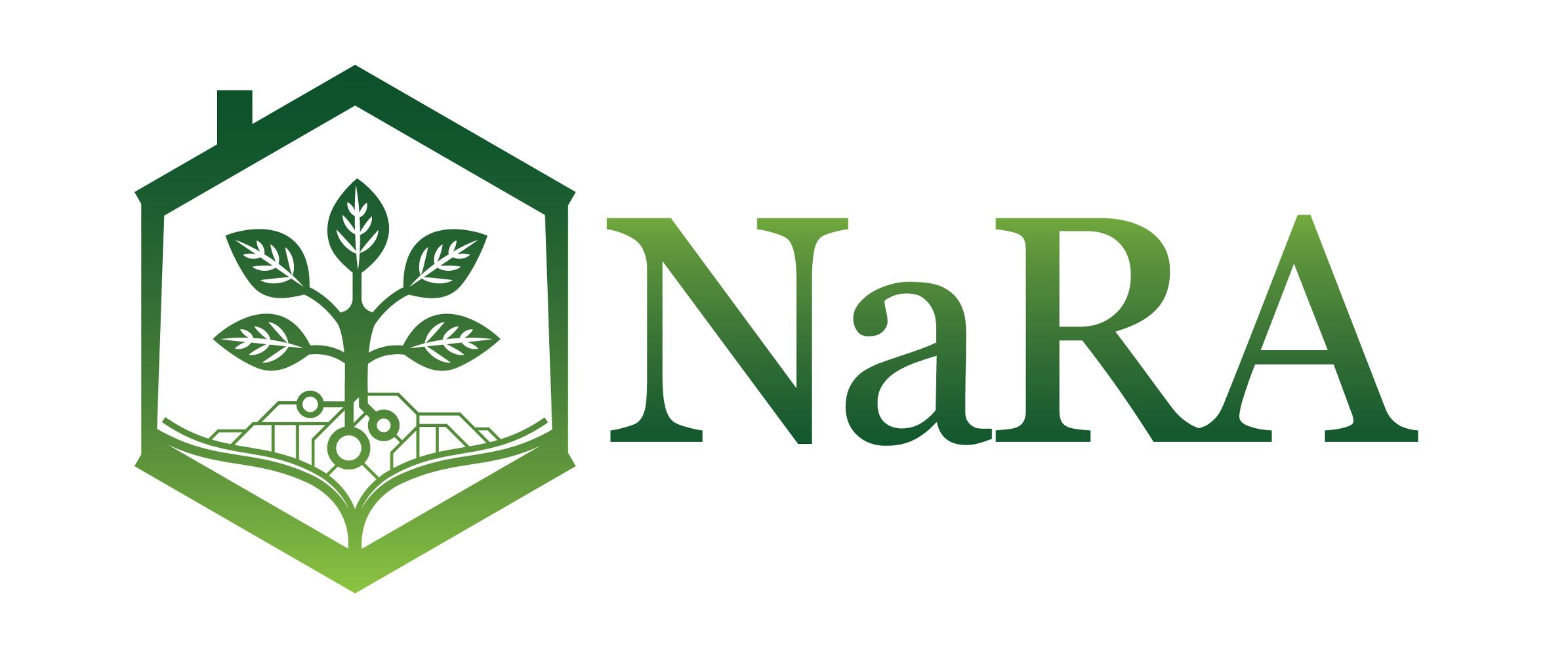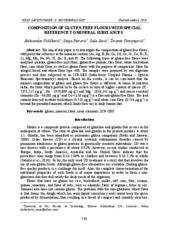Composition of Gluten-Free Flours with Special Reference to Mineral Substances
Sastav bezglutenskog brašna sa posebnim osvrtom na mineralne materije
| dc.contributor.author | Velickovic, Aleksandar | |
| dc.contributor.author | Petrovic, Sanja | |
| dc.contributor.author | Savic, Sasa | |
| dc.contributor.author | Petronijevic, Zivomir | |
| dc.date.accessioned | 2018-10-23T16:32:51Z | |
| dc.date.available | 2018-10-23T16:32:51Z | |
| dc.identifier.uri | http://arhiva.nara.ac.rs/handle/123456789/2335 | |
| dc.description.abstract | The aim of this paper is to investigate the composition of gluten free flours, with particular reference to the minerals content (As, Ag, B, Bi, Ca, Cd, Co, Cr, Cu, Fe, K, Li, Mg, Mn, Na, Ni, Tl, Zn, Si, and P). The following types of gluten-free flours were analyzed: palenta, gluten-free mix fluor, gluten-free palenta, flax flour, white buckwheat flour, corn white flour, as well as gluten flours with the purpose of comparison: flour for integral bread and wheat flour type 400. The samples were prepared by wet digestion process and then subjected to an ICP-OES (Inductively Coupled Plasma – Optical Emission Spectrometry) analysis. Based on the results, it can be concluded that the mineral composition of gluten and gluten free flours is different. In terms of nutritive value, the flour which proved to be the richest in term of higher content of macro (K - 7373,215 μg g-1, Na - 1978,009 μg g-1 and Mg - 1818,141 μg g-1) and micro essential elements (Zn - 46,001 μg g-1 and Cu-4,110 μg g-1) is a flax non-gluten-free flour. The lead content detected in white buckwheat (0.518 μg g-1) and white corn flour (0.534 μg g-1) is beyond the permitted amount, which limits their use in daily human diet. | sr |
| dc.description.abstract | U ovom radu ispitivan je sastav bezglutenskog brašna u cilju određivanja sadržaja mineralnih materija (As, Ag, B, Bi, Ca, Cd, Co, Cr, Cu, Fe, K, Li, Mg, Mn, Na, Ni, Pb, Tl, Zn, Si i P). Analizirane su sledeće vrste brašna: palenta, bezglutenski mix, gluten-free palenta, laneno, belo heljdino brašno, projino kukuruzno belo brašno kao i glutenska brašna u cilju komparacije: brašno za integralni hleb i pšenično brašno-tip 400. Uzorci su najpre pripremljeni postupkom mokre digestije a potom podvrgavani ICP-OES (Inductively Coupled Plasma - Optical Emission Spectrometry) analizi. Na osnovu prikazanih rezultata može se zaključiti da se mineralni sastav bezglutenskih i glutenskih brašana razlikuje. U pogledu nutritivne vrednosti, brašno koje se pokazalo najbogatije u smislu većeg sadržaja makro (K - 7373,215 μg g-1, Na - 1978,009 μg g-1 i Mg - 1818,141 μg g-1) i mikro esencijalnih elemenata (Zn - 46,001 μg/g i Cu-4,110 μg g-1) je laneno bezglutensko brašno. Sadržaj olova detektovan kod belog heljdinog (0,518 μg g-1) i belog kukuruznog brašna (0,534 μg g-1) je izvan granica dozvoljene količine olova u brašnima, što ograničava njihovu upotrebu u ishrani. | sr |
| dc.subject | gluten | sr |
| dc.subject | mineral | sr |
| dc.subject | flour | sr |
| dc.subject | toxic elements | sr |
| dc.subject | ICP-OES | sr |
| dc.subject | brašno | sr |
| dc.subject | minerali | sr |
| dc.subject | toksični elementi | sr |
| dc.title | Composition of Gluten-Free Flours with Special Reference to Mineral Substances | sr |
| dc.title.alternative | Sastav bezglutenskog brašna sa posebnim osvrtom na mineralne materije | sr |



